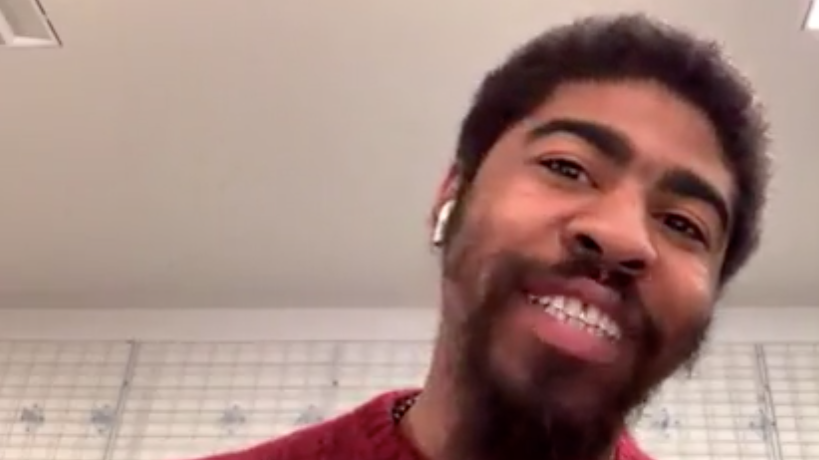Baltimore, Maryland, was shaken to its core in 2015 after the death of Freddie Gray and photographer Devin Allen was there to capture the heartbreaking moments in the days that followed.
Gray died after suffering a spinal cord injury while in police custody for possessing an illegal knife. His death sparked days of protests and cries for justice and accountability in the city, as Blavity previously reported.
Allen, who said he shared mutual friends with Gray, told Blavity he felt he was the best equipped to document what was happening in his hometown.
“I wanted people to really know what was going on, on the ground,” Allen said of why he decided to go out and photograph his city.
Watch the video here and continue reading below:
After taking pictures, uploading them and later posting them on social media, he went to sleep unknowingly of what was to come. His storytelling, through his infamous black and white pictures, enamored the hearts of the world.
“[I] went to sleep with 10,000 followers. Woke up to 20,000,” he said.
As his work began to spread on social media, his pictures were reshared by Ice Cube, Usher, Rihanna and DJ Drama.
A week after Allen used his photography to show the world what was happening, Time Magazine reached out to feature his work.
As a working relationship between Allen and the outlet unfolded, he began to send them pictures from the ground, detailing what was going on, From there, he said Time extended an offer to do a full spread of his work— an offer that had only been extended to an amateur two other times.
“They already had a cover for the issue and they was like, ‘Look, we love this image. Can you send us this? We might want to replace the cover with this because it’s so powerful,’” he recalled.
Allen said his work being featured in Time Magazine led him to rubbing elbows with Hank Willis Thomas, another Black conceptual artist.
“The people I looked up to are now my peers and they have respect for me,” Allen said.
Above all us though, he says his accessibility to his neighborhood is an “amazing feeling.”
He said although he’s been offered opportunities to uproot his life and relocate to a larger city, there’s more work left to be done in Baltimore.
Despite Allen crediting himself for being a great artist, he said his career was built on the “broken back of Freddie Gray.”
Just a month after the Time Magazine spread and going from “amateur to [a] global platform,” Allen said he started to receive hate mail while balancing personal woes.
“There was a lot of energy that I took in [from the city], that I actually tried to commit suicide,” Allen said. “I burnt myself out. I wasn’t taking care of myself.”
He said managing his work as a spiritual person caused him to break down.
“It got real ugly,” he said. “It was a lot. And you know, I’m tough. I’m from Baltimore. So I’m tough but spiritually I was overwhelmed.”
Allen said the cause of his instant success revealed itself in an unbearable way for his family.
“A Black mother whose son just went viral and gained instant fame from the death of a Black man at the hands of police and she had to turn and call police to come get me before I hurt myself,” Allen recalled.
He later told Blavity that his trials taught him how powerful he was.
As a young man raised in Baltimore, Allen said art wasn’t offered and it was often frowned upon. As a result, he used his influence and experience to start a youth program that allows them to tell their narrative.
After receiving financial assistance from GoFundMe’s founder, Russell Simmons and…. He started teaching photography to inner city kids.
To this day, Allen continues to pursue photography that tells the story of Baltimore natives while drawing us into their world.
He said after going viral he realized his purpose and responsibility to Black people.

